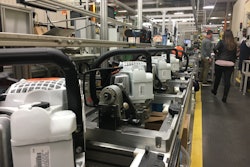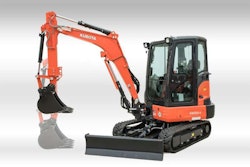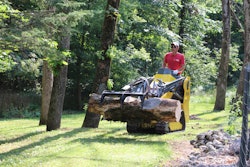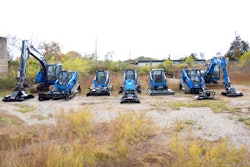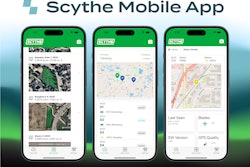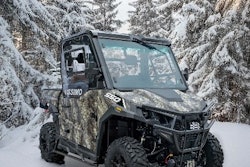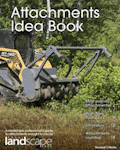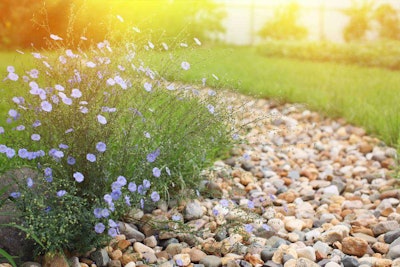
“The top 2018 landscape trends reflect an evolution of the outdoor living trend we’ve seen grow in popularity over the past few years,” says Missy Henriksen, vice president of public affairs, NALP. “Stimulated by a healthy economy, homeowners and property managers are innovating their landscapes in fun, new ways. Recognizing the tremendous value that beautiful and functional landscapes bring to homes and commercial properties, today’s landscapes are built to last, so they can be used and enjoyed through all the seasons, year after year.”
NALP says it develops its trends reports based on a survey of its members and by drawing from the expertise of landscape professionals representing various regions of the U.S. who are at the forefront of outdoor trends. The group adds that landscape trends are also influenced by broader lifestyle and design trends.
For 2018, NALP predicts that the following five trends will influence the green industry:
Climate-cognizant landscaping
NALP notes that with unpredictable weather patterns comes the need for landscape enhancements that can withstand extreme conditions and allow spaces to be enjoyed, whether it’s unseasonably warm or cold.
You never know when the unexpected will arrive, so more and more landscapes are now being planned with just that thought in mind. Many feature pergolas with retractable canopies that can offer shelter for outdoor areas in wind, snow and rain. Others may feature outdoor patio heaters for those chilly nights, and hardier hardscape materials are used to handle the drastically fluctuating temperatures.
Experimental landscape design
Nowadays, landscapes are creatively and thoughtfully built for living, playing and working, and they greatly contribute to bringing together function and form for a quality outdoor experience.
When it comes to residential landscapes, many feature designated areas for cooking, relaxing, dining and doing outdoor work. These are typically adorned with fully integrated outdoor lighting and audio/visual systems for a multisensory and multiuse experience, day or night.
Office landscapes also more frequently feature walking and bike paths, gardens or dining areas to enhance the experience of the employees. In both residential and commercial landscapes, NALP says the experience typically begins at the entrance with design elements, plantings and an eye-catching lawn making visitors feel welcome and awed.
Plants in playful colors and patterns
Since Pantone recently chose Ultra Violet as the 2018 Color of the Year, there’s no doubt that this pop of color will be incorporated into more landscapes, while still playing up the simple elegance of the greenery that was all the rage in 2017.
NALP believes that this color of the year will prove to be an influencer on the interior and exterior design, and landscape professionals are expected to integrate more violets, verbena, clematis, iris and other purple flowers into landscapes.
NALP says that “patterned” plants are also getting some time in the garden spotlight this year since these plants are unique and revered for their intricate details, such as brightly colored veins and striped leaves.
Emphasis on water management and conservation
Sustainability has proven to be a buzzword in the green industry over the past few years, and NALP says that for 2018, it’s proving to be more than just a trend.
The organization says that sustainability influences how landscapes are created and maintained now and in the years to come. Particularly, NALP says the integration of eco-friendly watering practices are expected to continue taking off this year, which includes the use of plants native to a region (which generally uses less water), smarter irrigation technology and xeriscaping (planning a landscape to use low-water-use plants).
Enhanced equipment and technology
When it comes to the latest yard tools on the market, NALP says the ideas of ease of use and storage, along with incorporating more eco-friendly innovations, are major focusses.
Many pieces of equipment such as lawn mowers, leaf blowers and the like feature low or no emissions, are battery-powered and are quieter. There are many garden tools that are also designed to stack or fold to fit in a shed or garage space.
Along with these ideas, NALP reports that professionals are also integrating more technology into landscape planning, such as 3D modeling, drones and mobile apps.


